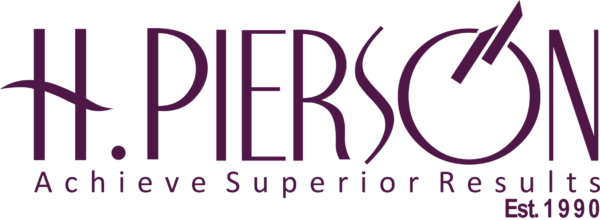Top 10 benefits of Risk Management for public sector organizations
September 17, 2024 Public Sector
1. Improved Decision-Making
- Benefit: Provides a structured approach to identifying, assessing, and managing risks, leading to more informed and strategic decision-making.
- Details: By understanding potential risks and their impacts, public sector leaders can make decisions that are more aligned with the organization’s objectives and risk tolerance.
2. Enhanced Accountability and Transparency
- Benefit: Promotes greater accountability and transparency in managing public resources and operations.
- Details: ERM frameworks often include robust reporting and monitoring mechanisms that help ensure that risk management practices are transparent and that stakeholders are informed.
3. Increased Resilience to Disruptions
- Benefit: Enhances the organization’s ability to anticipate, respond to, and recover from unexpected events and crises.
- Details: By proactively identifying risks and developing mitigation strategies, public sector organizations can better handle disruptions and maintain continuity of services.
4. Optimized Resource Allocation
- Benefit: Helps prioritize and allocate resources more effectively based on risk assessments and potential impacts.
- Details: ERM enables organizations to focus resources on high-priority risks and areas that require the most attention, leading to more efficient use of public funds.
5. Enhanced Compliance and Legal Risk Management
- Benefit: Aids in ensuring compliance with regulations, laws, and policies, thereby reducing legal risks.
- Details: ERM systems help organizations stay informed about regulatory requirements and implement controls to comply with them, minimizing the risk of legal and regulatory penalties.
6. Better Strategic Planning and Execution
- Benefit: Supports strategic planning by integrating risk management into the strategic planning process.
- Details: ERM helps align risk management with strategic goals, allowing organizations to better anticipate challenges and opportunities and incorporate risk considerations into their strategic plans.
7. Improved Public Trust and Confidence
- Benefit: Builds trust with the public by demonstrating a proactive approach to managing risks and ensuring accountability.
- Details: Effective risk management practices can enhance the public’s confidence in the organization’s ability to manage public resources responsibly and deliver services effectively.
8. Enhanced Operational Efficiency
- Benefit: Identifies and mitigates risks that could impact operational efficiency and effectiveness.
- Details: By addressing potential operational risks, public sector organizations can streamline processes, reduce inefficiencies, and improve overall performance.
9. Proactive Risk Identification and Mitigation
- Benefit: Facilitates the early identification of risks and the development of mitigation strategies before risks materialize into issues.
- Details: ERM frameworks provide tools and methodologies for identifying emerging risks and developing plans to address them proactively, rather than reacting to issues after they arise.
10. Strengthened Stakeholder Engagement and Communication
- Benefit: Enhances engagement with stakeholders by providing clear communication about risk management practices and outcomes.
- Details: Effective ERM involves communicating risk management strategies and outcomes to stakeholders, fostering better relationships and ensuring that stakeholders are informed and engaged.
FURTHER ENQUIRIES, CALL: +234 812 902 3329 (Charity) | +234 802 056 5056 (Ayo)


